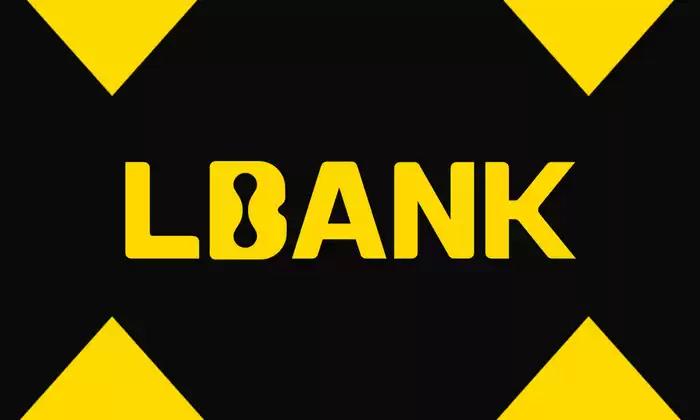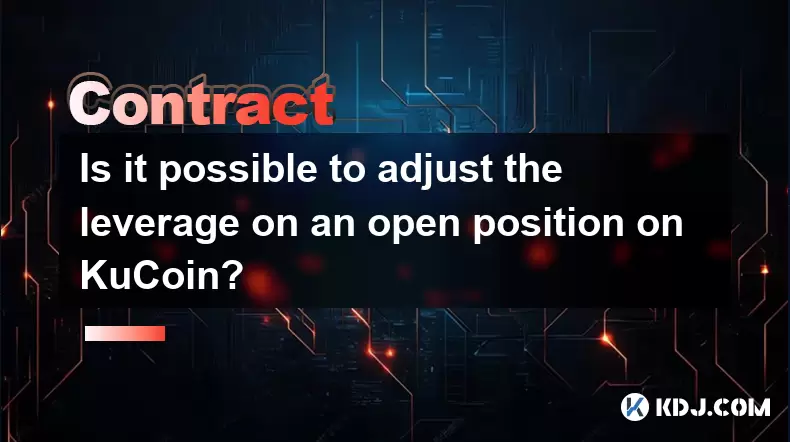-
 Bitcoin
Bitcoin $117800
0.42% -
 Ethereum
Ethereum $4436
0.39% -
 XRP
XRP $3.106
0.86% -
 Tether USDt
Tether USDt $1.001
0.04% -
 BNB
BNB $835.4
1.26% -
 Solana
Solana $188.8
2.21% -
 USDC
USDC $0.9999
0.00% -
 Dogecoin
Dogecoin $0.2302
2.98% -
 TRON
TRON $0.3484
-1.05% -
 Cardano
Cardano $0.9212
-1.20% -
 Hyperliquid
Hyperliquid $46.77
-0.77% -
 Chainlink
Chainlink $22.76
5.64% -
 Stellar
Stellar $0.4278
0.68% -
 Sui
Sui $3.771
2.39% -
 Bitcoin Cash
Bitcoin Cash $583.7
-0.91% -
 Ethena USDe
Ethena USDe $1.001
0.04% -
 Hedera
Hedera $0.2520
2.88% -
 Avalanche
Avalanche $24.28
2.56% -
 Litecoin
Litecoin $120.1
1.44% -
 Toncoin
Toncoin $3.452
1.46% -
 UNUS SED LEO
UNUS SED LEO $9.409
-0.95% -
 Shiba Inu
Shiba Inu $0.00001298
2.02% -
 Uniswap
Uniswap $11.01
3.56% -
 Polkadot
Polkadot $3.962
2.81% -
 Dai
Dai $1.000
0.00% -
 Bitget Token
Bitget Token $4.639
1.16% -
 Cronos
Cronos $0.1511
-0.06% -
 Ethena
Ethena $0.7254
2.87% -
 Monero
Monero $255.7
7.41% -
 Pepe
Pepe $0.00001101
2.80%
LBank Contract Trading Tutorial
To engage in contract trading on LBank, establish an account, fund it, select your desired asset, determine leverage, place an order, and monitor your position to complete each trade.
Dec 01, 2024 at 05:18 pm

LBank Contract Trading Tutorial
Contract trading is a powerful trading tool that allows traders to speculate on the price of an underlying asset without actually owning it. This can be a great way to make a profit, but it can also be risky. If you're new to contract trading, it's important to understand the basics before you get started.
Benefits of Contract Trading
- Leverage: Contract trading allows you to use leverage, which means you can control a larger position with a smaller amount of capital. This can amplify your profits, but it can also amplify your losses.
- Flexibility: Contract trading offers a lot of flexibility, as you can trade on a variety of underlying assets and choose your own leverage level.
- 24/7 Trading: Contract trading is available 24/7, so you can trade whenever you want.
Risks of Contract Trading
- Liquidation: If the price of the underlying asset moves against you, you could lose your entire investment. This is known as liquidation.
- Volatility: Contract trading can be very volatile, so it's important to be prepared for large price swings.
- Fees: Contract trading can involve fees, such as trading fees and financing fees.
How to Get Started with Contract Trading on LBank
- Create an LBank account. If you don't already have an LBank account, you can create one by visiting the LBank website.
- Fund your account. You can fund your LBank account with a variety of methods, including bank transfer, credit card, and cryptocurrency.
- Open a contract trading account. Once your account is funded, you can open a contract trading account by clicking on the "Contracts" tab at the top of the page.
- Choose an underlying asset. LBank offers a variety of underlying assets to trade, including cryptocurrencies, commodities, and forex.
- Choose your leverage level. Leverage is a multiplier that determines how much of your own capital you can use to control a position. The higher the leverage, the greater your potential profits and losses.
- Place an order. Once you've chosen your underlying asset and leverage level, you can place an order. You can choose to buy or sell a contract, and you can specify the price at which you want your order to be executed.
- Monitor your position. Once you've placed an order, you can monitor your position in the "Positions" tab. You can see your current profit or loss, and you can close your position at any time.
Advanced Contract Trading Strategies
Once you're comfortable with the basics of contract trading, you can start to explore more advanced strategies. These strategies can help you to increase your profits and reduce your risk.
- Scalping: Scalping is a trading strategy that involves making small profits on a large number of trades. Scalpers typically hold their positions for only a few minutes or seconds.
- Day Trading: Day trading is a trading strategy that involves opening and closing positions within the same day. Day traders typically use technical analysis to identify trading opportunities.
- Swing Trading: Swing trading is a trading strategy that involves holding positions for a few days or weeks. Swing traders typically use fundamental analysis to identify trading opportunities.
- Hedging: Hedging is a trading strategy that involves using contracts to reduce the risk of another position. For example, you could buy a futures contract on an underlying asset that you're holding in order to protect yourself from a decline in its p
Disclaimer:info@kdj.com
The information provided is not trading advice. kdj.com does not assume any responsibility for any investments made based on the information provided in this article. Cryptocurrencies are highly volatile and it is highly recommended that you invest with caution after thorough research!
If you believe that the content used on this website infringes your copyright, please contact us immediately (info@kdj.com) and we will delete it promptly.
- Kazakhstan's Crypto Leap: Bitcoin ETF and Central Asia's Digital Finance Future
- 2025-08-13 12:45:19
- BlockDAG Presale Blazes Past $371M: Fundraising Frenzy Fuels Crypto Sensation
- 2025-08-13 13:05:21
- Meme Coins: Chasing the 2025 Surge – Which Will Moonshot?
- 2025-08-13 10:25:23
- Bitcoin's Wild Ride: Rally, Pullback, and What's Next
- 2025-08-13 10:25:23
- Bitcoin, Bitmax, and Institutional Demand: A New Era of Crypto Investment
- 2025-08-13 10:45:12
- Solana, ROAM, and Airdrops: What's the Buzz in 2025?
- 2025-08-13 11:35:13
Related knowledge

Is it possible to adjust the leverage on an open position on KuCoin?
Aug 09,2025 at 08:21pm
Understanding Leverage in KuCoin Futures TradingLeverage in KuCoin Futures allows traders to amplify their exposure to price movements by borrowing fu...

What cryptocurrencies are supported as collateral on KuCoin Futures?
Aug 11,2025 at 04:21am
Overview of KuCoin Futures and Collateral MechanismKuCoin Futures is a derivatives trading platform that allows users to trade perpetual and delivery ...

What is the difference between realized and unrealized PNL on KuCoin?
Aug 09,2025 at 01:49am
Understanding Realized and Unrealized PNL on KuCoinWhen trading on KuCoin, especially in futures and perpetual contracts, understanding the distinctio...

What different order types are available to use on KuCoin Futures?
Aug 13,2025 at 11:35am
Understanding Order Types on KuCoin FuturesKuCoin Futures offers a comprehensive range of order types to accommodate different trading strategies and ...

How does KuCoin Futures compare against Binance Futures in terms of features?
Aug 09,2025 at 03:22am
Trading Interface and User ExperienceThe trading interface is a critical component when comparing KuCoin Futures and Binance Futures, as it directly i...

How can I manage risk when applying high leverage on KuCoin?
Aug 13,2025 at 11:35am
Understanding High Leverage and Its Implications on KuCoinHigh leverage in cryptocurrency trading allows users to control larger positions with a rela...

Is it possible to adjust the leverage on an open position on KuCoin?
Aug 09,2025 at 08:21pm
Understanding Leverage in KuCoin Futures TradingLeverage in KuCoin Futures allows traders to amplify their exposure to price movements by borrowing fu...

What cryptocurrencies are supported as collateral on KuCoin Futures?
Aug 11,2025 at 04:21am
Overview of KuCoin Futures and Collateral MechanismKuCoin Futures is a derivatives trading platform that allows users to trade perpetual and delivery ...

What is the difference between realized and unrealized PNL on KuCoin?
Aug 09,2025 at 01:49am
Understanding Realized and Unrealized PNL on KuCoinWhen trading on KuCoin, especially in futures and perpetual contracts, understanding the distinctio...

What different order types are available to use on KuCoin Futures?
Aug 13,2025 at 11:35am
Understanding Order Types on KuCoin FuturesKuCoin Futures offers a comprehensive range of order types to accommodate different trading strategies and ...

How does KuCoin Futures compare against Binance Futures in terms of features?
Aug 09,2025 at 03:22am
Trading Interface and User ExperienceThe trading interface is a critical component when comparing KuCoin Futures and Binance Futures, as it directly i...

How can I manage risk when applying high leverage on KuCoin?
Aug 13,2025 at 11:35am
Understanding High Leverage and Its Implications on KuCoinHigh leverage in cryptocurrency trading allows users to control larger positions with a rela...
See all articles

























































































